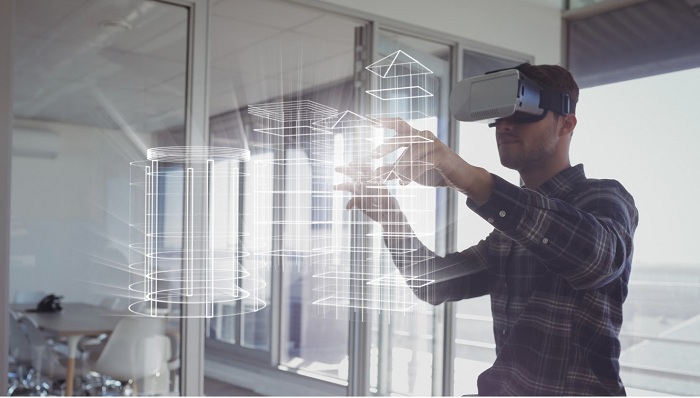Introduction:
In recent years, virtual reality (VR) technology has emerged as a powerful tool in various industries, including civil engineering. By enabling immersive and interactive experiences, VR revolutionizes the design process, offering engineers and designers new ways to visualize, analyze, and optimize infrastructure projects. In this note, we explore the diverse applications of VR in civil engineering design and its impact on project efficiency, safety, and innovation.
1. Visualization and Conceptualization:
– VR facilitates immersive 3D visualization of infrastructure projects, allowing stakeholders to explore design concepts and spatial relationships more intuitively.
– Engineers can create virtual environments that accurately represent proposed structures, enabling clients and decision-makers to grasp the project’s scale and aesthetics effectively.
– VR enhances collaboration among multidisciplinary teams by providing a shared platform for reviewing designs and identifying potential issues early in the development process.
2. Design Iteration and Optimization:
– With VR, engineers can rapidly prototype and iterate design alternatives, experimenting with different configurations, materials, and layouts in real-time.
– By simulating various scenarios, such as structural loadings, environmental conditions, and traffic flow, VR helps identify optimal design solutions that maximize performance and efficiency.
– Iterative design in VR enables engineers to anticipate and address potential challenges before construction, reducing the risk of costly revisions and delays during the implementation phase.
3. Safety and Risk Assessment:
– VR facilitates virtual walkthroughs of construction sites and infrastructure facilities, allowing stakeholders to identify safety hazards and operational risks in a controlled environment.
– Engineers can simulate emergency scenarios, such as fire evacuation or natural disasters, to assess the effectiveness of safety protocols and evacuation procedures.
– By integrating VR with Building Information Modeling (BIM) data, designers can visualize clash detection and spatial coordination issues, minimizing conflicts between different building systems and components.
4. Stakeholder Engagement and Public Outreach:
– VR enhances stakeholder engagement by providing an immersive experience that enables community members and policymakers to visualize proposed infrastructure projects in context.
– Public outreach initiatives can leverage VR to solicit feedback, gather input, and address concerns from local residents, fostering transparency and inclusivity in the planning process.
– VR-based virtual tours and interactive presentations empower stakeholders to participate actively in decision-making, leading to more informed and consensus-driven project outcomes.
5. Training and Education:
– VR serves as a valuable training tool for civil engineering students and professionals, offering realistic simulations of construction techniques, equipment operation, and project management scenarios.
– Virtual training environments enable learners to practice skills in a safe and controlled setting, accelerating the learning curve and improving competency levels.
– Continuing education programs can leverage VR to provide hands-on training in emerging technologies and best practices, ensuring that engineers stay abreast of industry advancements and regulatory changes.
Conclusion:
Virtual reality represents a paradigm shift in civil engineering design, offering unprecedented opportunities to enhance visualization, collaboration, and decision-making throughout the project lifecycle. By harnessing the immersive capabilities of VR, engineers can optimize designs, mitigate risks, and engage stakeholders more effectively, ultimately delivering safer, more sustainable, and innovative infrastructure solutions. As VR technology continues to evolve, its integration into civil engineering workflows promises to drive greater efficiency, creativity, and resilience in the built environment.





